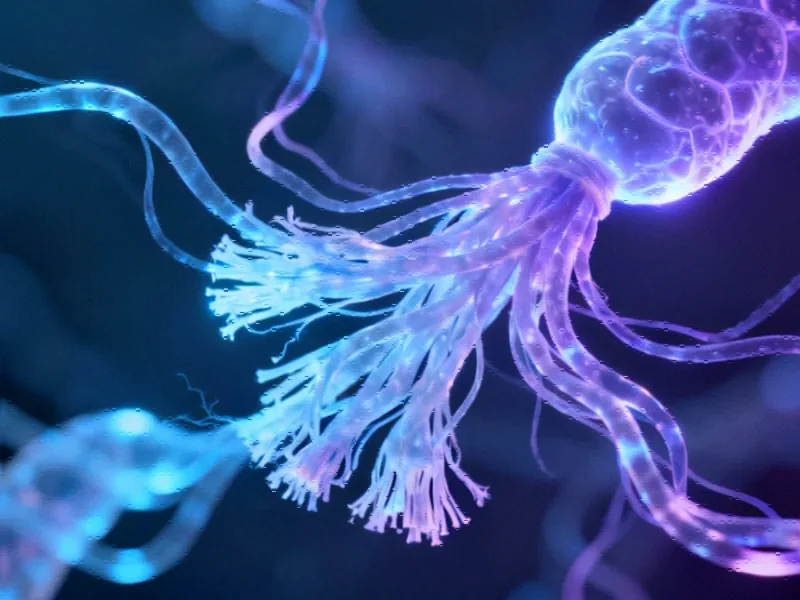Single-Atom Tin Breakthrough Enables Unprecedented Sodium Battery Performance
Scientists have created carbon nanofiber films with precisely coordinated single tin atoms that dramatically improve sodium battery performance. The breakthrough enables symmetrical batteries to achieve stable cycling for over 1200 hours under extreme conditions, according to recent research findings.
Revolutionary Sodium Battery Technology
Researchers have developed a groundbreaking approach to sodium battery technology using single-atom tin activation that reportedly enables unprecedented performance under extreme conditions. According to reports published in Nature Communications, the new design allows for stable cycling at 100% sodium utilization rate, high current density, and substantial deposition capacity—addressing key limitations that have hampered sodium battery development.








